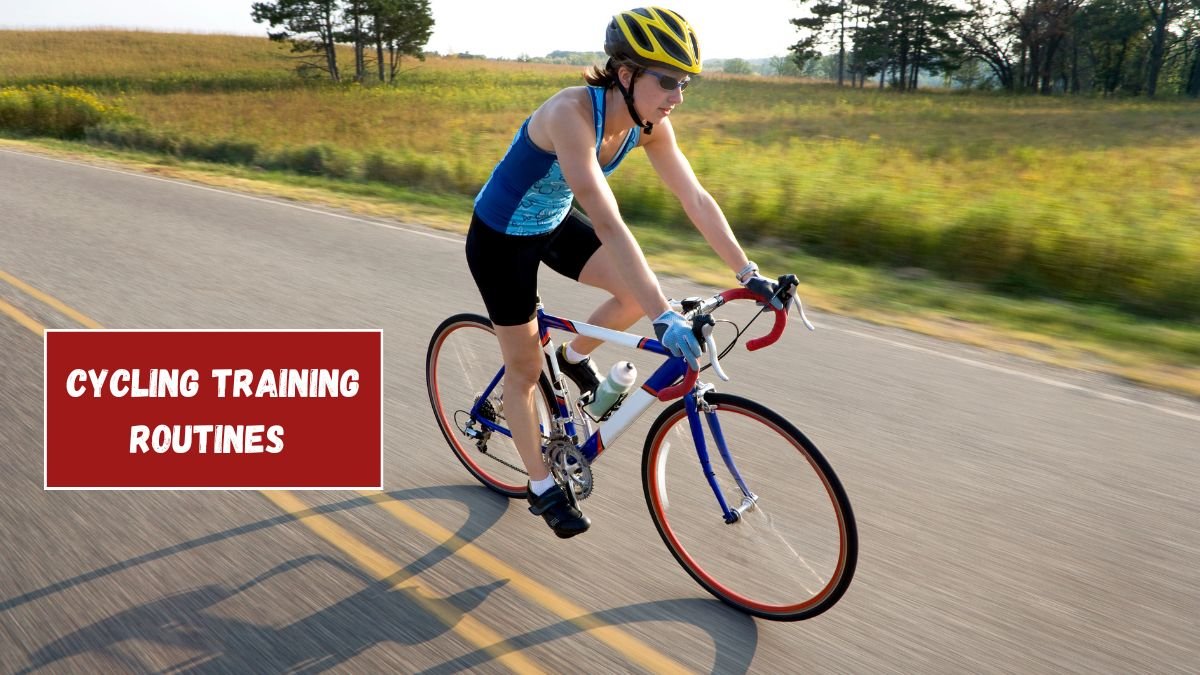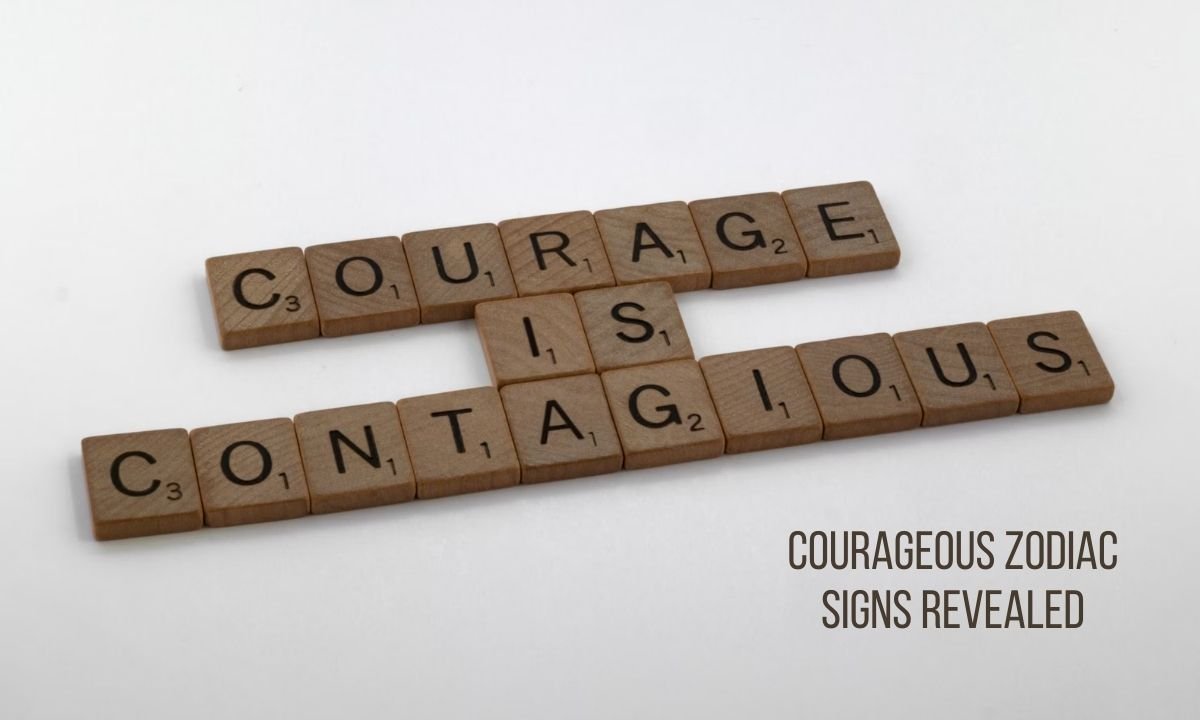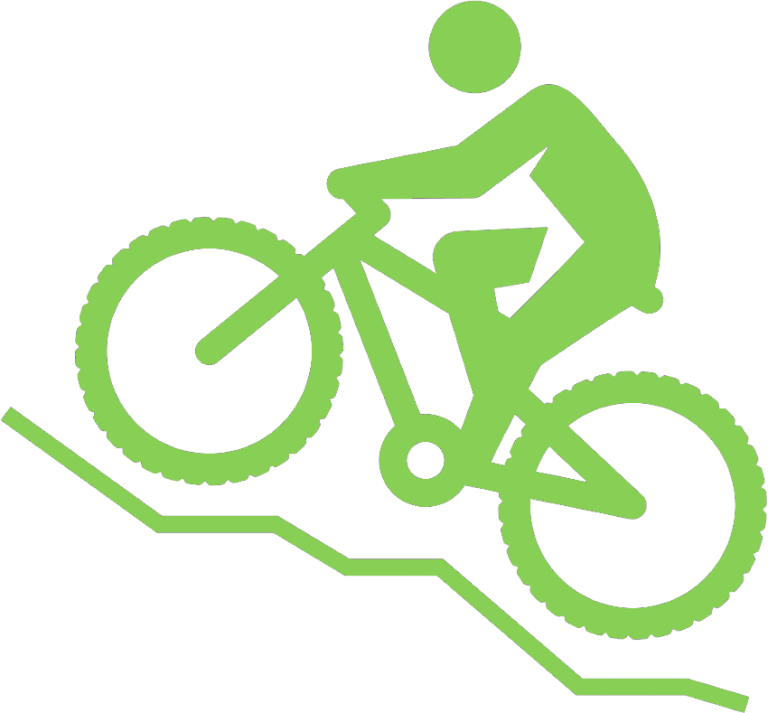Cycling is not only about pedaling fast. For some people, it’s about staying healthy. For others, it’s about going faster, riding longer, or getting ready for a big event. The good thing is, there’s no single way to train. Everyone can have a routine that matches their goals and lifestyle.
Think of training like cooking. We all have the same main ingredients—our legs, lungs, and a bike. But the recipe changes depending on what you want. Some riders want to ride for hours without getting tired, while others want short, fast rides. Let’s look at training styles that can work for every kind of rider.
Building Endurance
If you want to ride longer, you need endurance training. This means riding at a steady and easy pace for a long time. The idea is not to go fast but to keep moving without stopping.
Endurance rides should feel comfortable. You should still be able to talk while riding. These rides train your heart, lungs, and muscles to last longer, which makes long trips more fun and less tiring.
Interval Training
Interval training is when you mix hard effort with rest. For example, you ride fast for a short time, then slow down to recover, and repeat.
This style helps you climb hills better, ride faster, and build stamina. It also keeps your rides exciting since you keep changing pace instead of riding the same speed the whole time.
Strength Training on the Bike
Strength training means making your legs stronger. You can do this by riding uphill or using harder gears for short periods.
It’s like carrying heavy bags upstairs—the more you do it, the stronger you get. Over time, steep hills will feel easier, and your legs will have more power.
Cross-Training Off the Bike
Training doesn’t always need to happen on your bike. Cross-training includes running, swimming, yoga, or lifting weights. These exercises work other muscles and prevent injuries.
Yoga helps you stretch and stay flexible. Weightlifting makes your legs and core stronger. Mixing in other sports keeps training fun and helps your whole body stay balanced.
Recovery and Rest
Rest is as important as training. Your body needs time to heal and grow stronger. Without rest, you may feel weak, sore, or even get injured.
Recovery can mean taking a full day off, going for a slow ride, or stretching. Think of it like giving your bike a service—you wouldn’t ride it hard every day without care. Your body needs the same treatment.
Training for Casual Riders
If you just ride for fun, your routine can be simple. Go for short rides during the week and a longer one on the weekend.
For casual riders, it’s not about speed. It’s about being consistent and enjoying the ride. Try new routes, ride with friends, and keep it fun.
Training for Long-Distance Riders
If you dream of riding far, you need stamina. Start with moderate rides and slowly increase distance each week.
Long rides also need snacks and drinks to keep your energy up. Practice eating while riding so your body gets used to it. A long ride is like a road trip—you can’t keep going without fuel.
Training for Speed Lovers
If you love riding fast, focus on sprints, intervals, and body position. Speed isn’t only about strong legs—it’s also about technique and aerodynamics.
Practice lowering your body on the bike, pedaling smoothly, and staying relaxed. Small changes can make you much faster.
Indoor Training with Smart Tools
Bad weather doesn’t have to stop your training. Smart trainers and cycling apps let you ride at home. You can follow workouts or even join virtual group rides.
It’s like bringing the road indoors. This is great for keeping your routine strong all year round.
Nutrition for Training
Training isn’t only about riding. Food and drink matter too. Eating the right meals gives you energy, and drinking water keeps you fresh.
Think of your body like a car. Without fuel, it won’t run. Carry snacks and water for long rides so you don’t run out of energy.
Fitting Training into Life
Many riders struggle to find time. Work, family, and daily life can get in the way. But even short rides make a difference.
If you only have half an hour, try intervals. If you have a free weekend, go for a longer ride. The key is to ride regularly and make it fit your schedule.
Last Thought
Cycling training isn’t the same for everyone. Each rider has different goals, and that’s what makes it exciting. Whether you ride for health, fun, distance, or speed, there’s a routine that works for you. The most important thing is to enjoy the process, listen to your body, and keep pedaling. After all, cycling is about freedom, adventure, and the joy of being on two wheels.
FAQs
What’s the best routine for beginners?
Start with short and easy rides a few times a week, then slowly ride longer.
How often should I rest?
Take one or two rest days each week so your body can recover.
Do I need special equipment?
No, a good bike, helmet, and basic gear are enough to start.
How can I get better at climbing hills?
Practice riding hills often, use intervals, and build leg strength.
Can indoor cycling replace outdoor rides?
It’s great for bad weather, but outdoor rides give more real experience.






